Computation of Tax FAQs — clear, quick answers
Computation of Tax FAQs to help you move from income to tax payable without jargon. In one place you’ll find heads of income, gross total income vs total income, rounding-off rules, rebate 87A, surcharge & marginal relief, and MAT/AMT basics—kept practical and updated for Finance Act 2025 (FY 2025-26).
FAQ on Computation of Tax
Tip: Rules around surcharge thresholds, AMT/MAT scope, and the rebate 87A change over time. Always cross-check the current year’s official rate tables before filing.
Need more than Computation of Tax FAQs? See our TDS TCS FAQs, Presumptive Taxation FAQs (44AD 44ADA 44AE), and AIS TIS FAQs for step-by-step guidance.
Sources
Disclaimer: The information on this page is for general guidance only and is not tax, legal or professional advice. Laws and thresholds change, and application depends on your facts. While we aim to keep content current (Finance Act, 2025), errors or omissions may occur. Always refer to the Income-tax Act/Rules, CBDT notifications/circulars and consult a qualified advisor. If there is any conflict with the law, the official provisions prevail. TaxBizMantra and the authors accept no liability for actions taken or not taken based on this material; examples are illustrative and do not create a client–advisor relationship.
